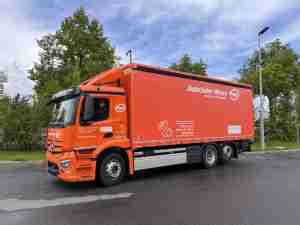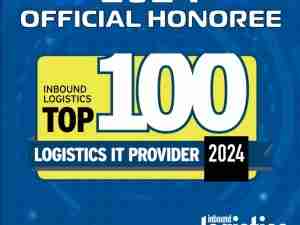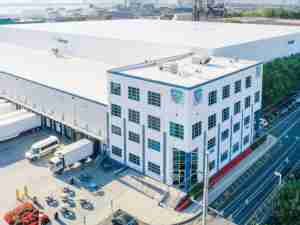'For years, the shipping, freight forwarding and international supply chain processes have all operated on the assumption that there is only one 'proper' or 'original' air waybill and that is the one produced on preprinted colored NCR (No Carbon Required) copy paper for use with a dot matrix printer, or even an old typewriter,' says Coney. 'Despite technological advances, we find that some customs departments in some countries, some shippers and even some airlines and forwarders still resist the modernization process and continue to utilize the outdated preprinted MAWBs they have habitually used. It is past time, however, for the supply chain industry to recognize that a paradigm shift toward electronic documentation is taking place.'
When IATA (International Air Transport Association) introduced its initiative, it recommended rule changes that provide for Neutral Air Waybills (NAWBs) to be produced in black and white, on plain paper with a laser printer to encourage an eventual move toward a completely paperless documentation process; but many in the industry cling to old habits. Coney points out, 'The entire freight forwarding process is evolving as global technological advancements occur, which means today's forwarding industry requires more efficient IT tools to support changing market demands. A new world of technology is upon us and that's where the concept of a 'proper' or 'original' MAWB is flawed,' he says. 'There is no longer such a thing as an 'original' anymore. This means that the industry no longer has to rely on the old dot matrix process that is hard to manage, align, print and maintain.
'With the IATA e-Freight initiative and with the certain knowledge that we were going to break down some barriers and create a more paperless documentation process, CargoWise edi has created a completely digital document printing process. It works. It's simple, elegant, and removes all the mess and complexity from the process. Its documents can be printed in black and white or in color; but are always produced directly from a computer without the need for multi-part stationary or complex and archaic dot matrix printing alignment and generation. It also eliminates the cost of buying pre-printed paper.'
Increasingly, in today's global transportation environment, shipment documentation should be done directly from a laser printer or digital photocopier. Coney says that a growing majority of CargoWise edi's clients are demanding that they be able to send house bills of lading, house air waybills and other transport documents electronically as faxes or emails. 'In the modern world everything is a copy of the image produced electronically in the computer system in bits and bytes,' says Coney. 'Today, no one can truly say what a 'proper' or 'original' Air Waybill is ' we just ask: 'how many originals do you want'? It simply takes a click of a button. Color is not a predictor, NCR paper is not a predictor, Tractor-feed dot matrix preprinted paper is really not a predictor. Only tradition and blind faith in the status quo have sustained the concept of a 'proper' AWB. Many still subscribe to the paradigms of the past, but they are just that ' in the past. And there are better ways of determining validity than the mere existence of color or the use of NCR paper and dot matrix printers.'
Coney summarizes that if the global freight forwarding industry embraces the concept of an electronic, paper-free documentation process per the IATA e-Freight initiative an estimated









